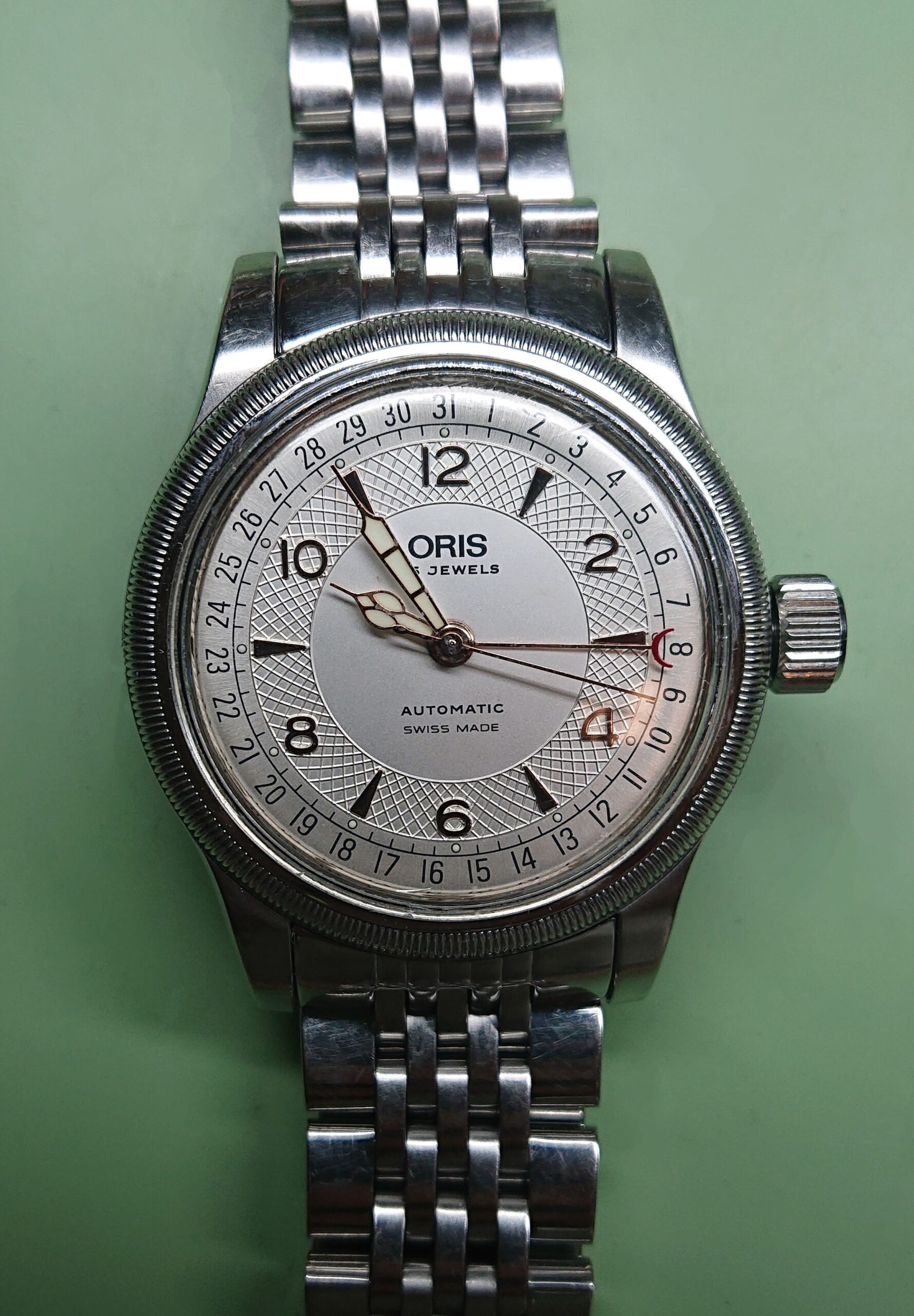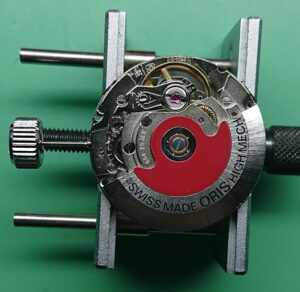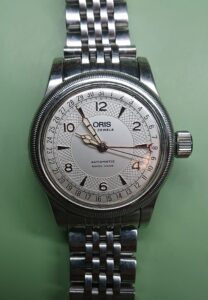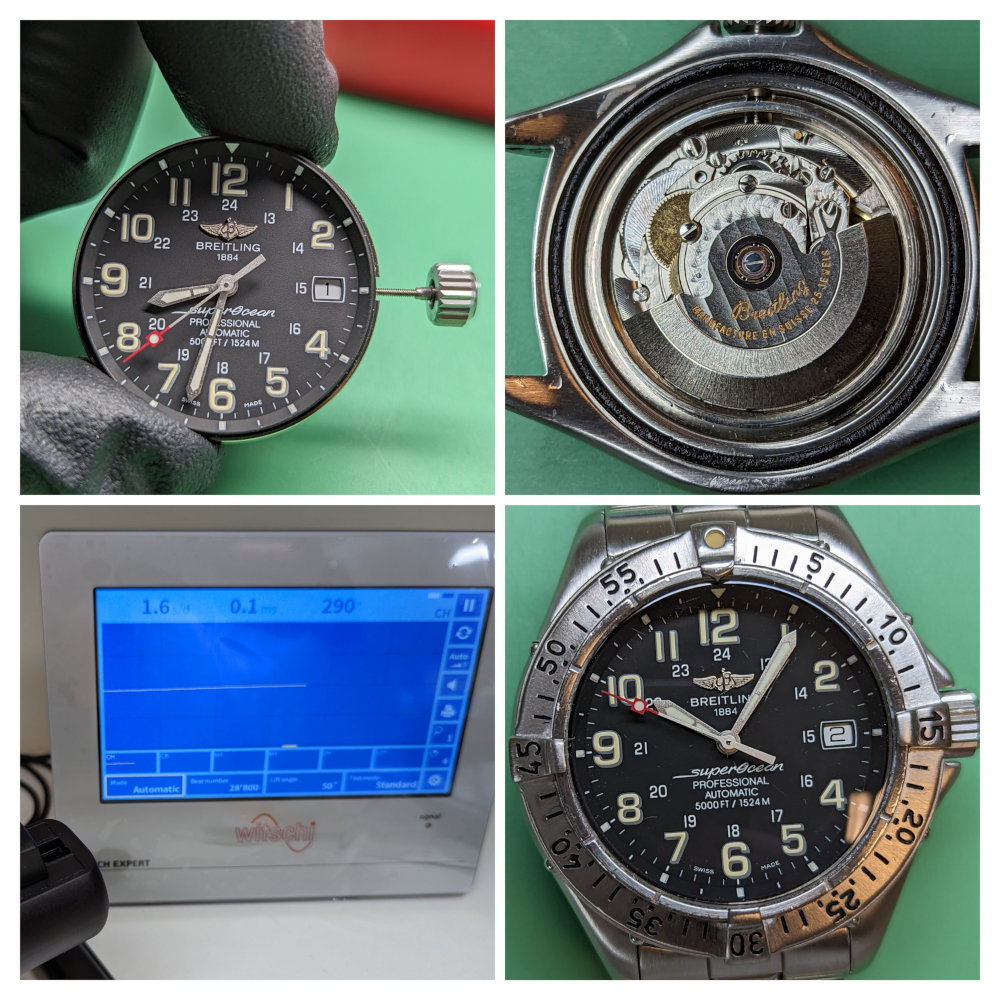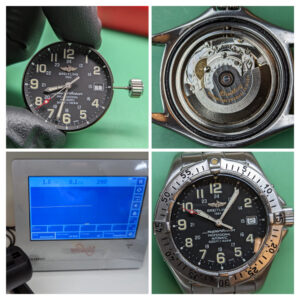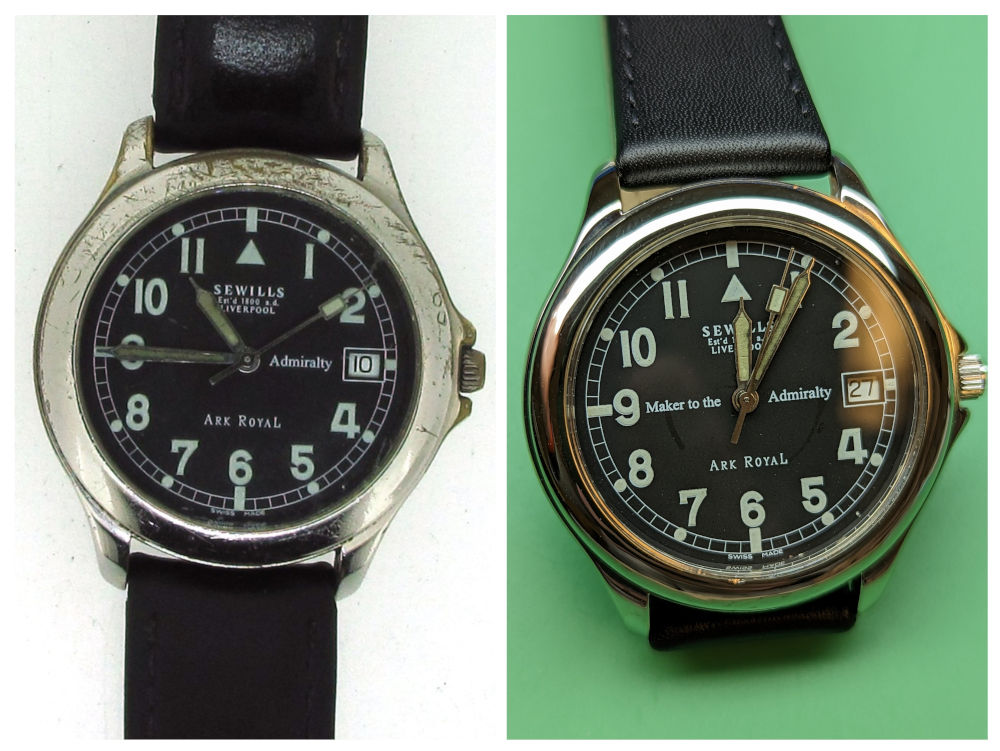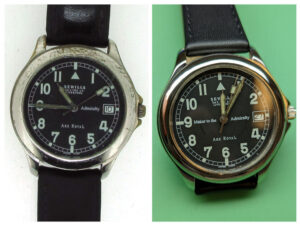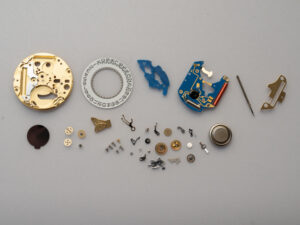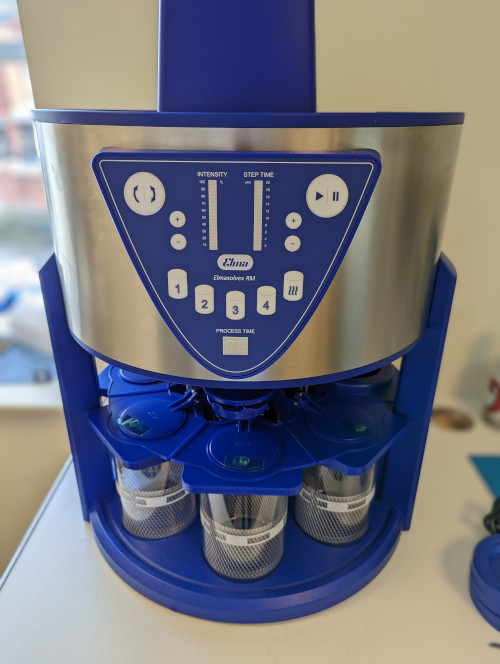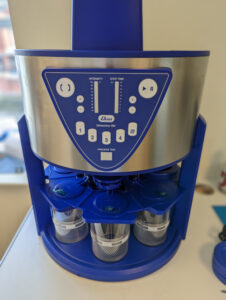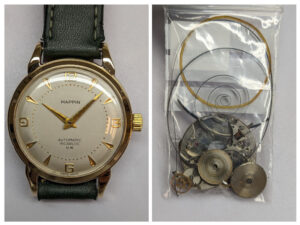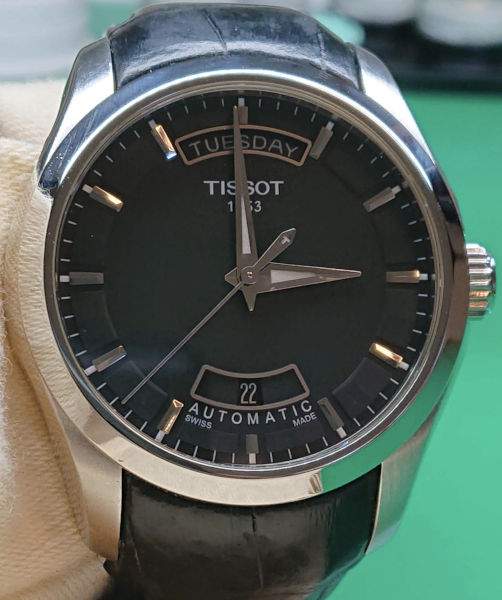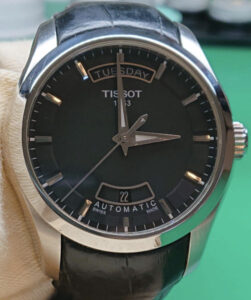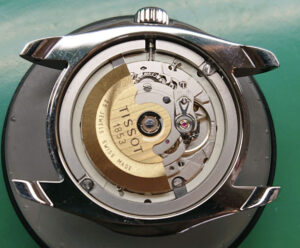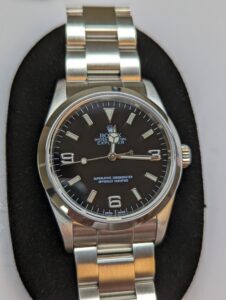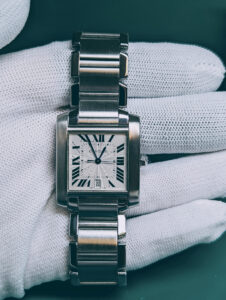Some pocket watches are far more than mere instruments of timekeeping. These mechanical marvels encapsulate history, craftsmanship, and nostalgia. Our meticulous process of disassembly, cleaning, and delicate repair, is often most challenging but also rewarding when we work on unusual vintage pieces, or those in particularly poor condition. This IWC Jump Hour pocket watch is certainly something we don’t see every day. The time is displayed in a digital style – with hours and minutes represented by numbers rather than hands pointing to numbers on the dial. This is a “Jump Hour” watch – meaning there isn’t a continuously moving hour indicator, the number jumps over to the next hour when the minutes change from “59” to “00”.
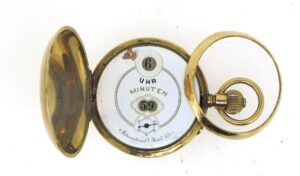
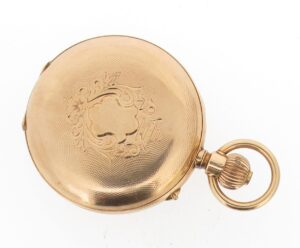
This watch was produced between 1885-1895, so it is over 130 years old. A similar steel-cased example with the same movement can be found in the British Museum’s collection. They describe the movement in remarkable detail, but to summarise: it is of excellent quality. Features include a club-toothed lever escapement, bi-metallic thermo-compensating balance and pin-set positive keyless works.
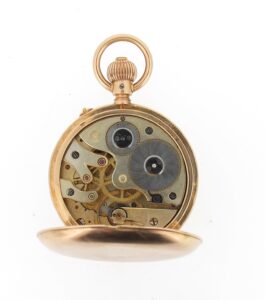
On arrival, this watch was in poor condition, with the bezel completely loose, a missing glass, and damage to the enamel dial. It needed careful restoration to get it back to excellent working order.
It’s important to be considered during a restoration like this. We must balance a number of factors including our client’s wishes, the reality of what’s feasible, and respecting the history and provenance of the watch in question. With this in mind, Works completed include full servicing, repair, and restoration of the movement, a sympathetic polish of the gold case, sourcing and fitting a new glass, and a repair where the enamel dial was broken.
It’s always a privilege to work on pieces like this – The end results really do speak for themselves. Another wonderful piece of history restored back to excellent working order for our delighted client.
Yours sincerely
David Clark FGA DGA MJVA PJDip. PJGemDip.
Managing Director, JVA Registered Valuer®
W.E. Clark & Son Limited


